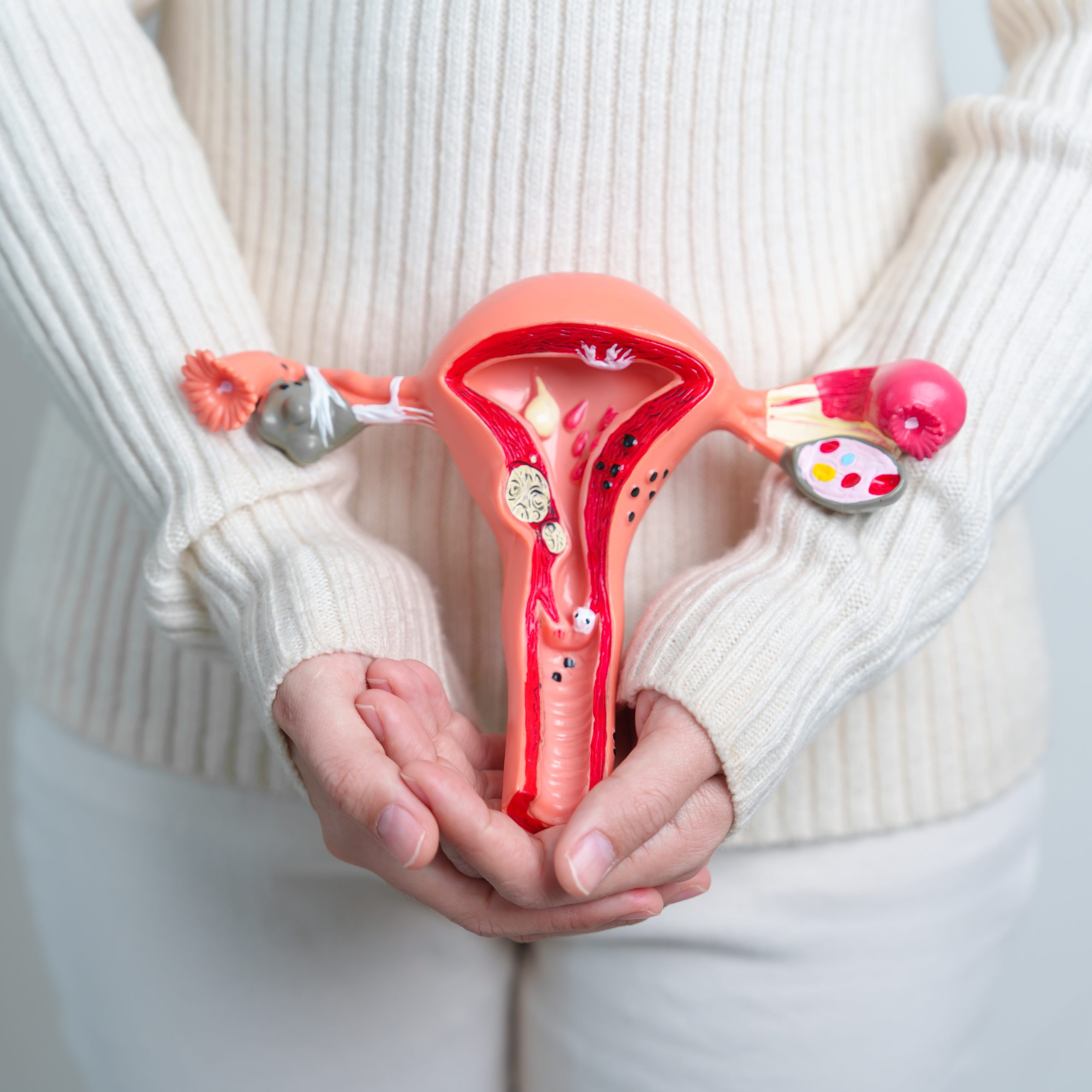We need time to blast COVID-19 out of the ballpark.
COVID-19 continues to throw curveballs at healthcare providers tasked with treating patients of all ages suffering during this pandemic. This virus continually surprises us with odd symptoms not usually linked to respiratory illnesses before, like strokes, loss of smell, and swollen toes.
Recent reports of pediatric Multisystem Inflammatory Syndrome in Children (MIS-C) represent a major curveball.
One of the most frustrating aspects of COVID-19 is the novelty of this disease, which continues to keep our brightest healthcare officials off balance. The virus is so new and seems to behave in ways that respiratory pathogens never have before.
One of the things we pediatricians take to heart is that children are usually not severely affected. Most children, when infected with COVID-19 present with mild symptoms including fever, cough, runny nose, nasal congestion, and sore throat.
Children under one year of age and those with underlying health issues are at higher risk. Generally, most pediatric patients infected with novel coronavirus do not have symptoms severe enough to be admitted to the hospital or need the heroic measures of the intensive care unit.
Other recent data bolsters this relatively positive outlook. According to the Center for Disease Control, pediatric patients accounted for only 2% of all confirmed positive COVID-19 cases in the United States. In China, where the virus originated, the number is similar at 2.2%. In Italy and Spain, the percent of COVID-19 positive patients under 18 years of age is 1.2% and 0.8%, respectively.
 Photo by Kelly Sikkema on Unsplash
Photo by Kelly Sikkema on Unsplash
This pediatric cautious optimism has been put to the test by reports of a mysterious syndrome affecting children causing hospitalization and admission to the ICU. There have been over 100 children affected to date. Most cases have been in New York, but patients affected have been identified in at least 18 states.
The syndrome has been called Multisystem Inflammatory Syndrome in Children (MIS-C). The reported symptoms include fever for multiple days, abdominal pain, swollen lymph nodes, fatigue, reddened eyes, and a characteristic rash.
MIS-C causes life-threatening inflammation around key blood vessels. The most crucial blood vessels involved are those of the heart and kidneys. MIS-C resembles an autoimmune disease that pediatricians know fairly well called Kawasaki disease.
Like MIS-C, Kawasaki’s disease causes dangerous inflammation of blood vessels throughout the body, especially the blood supply to the heart. It is also a rare illness that usually affects children under five years of age.
Why is the well-established Kawasaki syndrome being linked to Coronavirus? The connection with COVID-19 comes in to play because nearly all of the MIS-C patients have positive antibodies for Coronavirus or have tested positive for active disease.
Strangely, reports indicate most of these children had no cough or respiratory problems. Some had mild symptoms that resolved about a month before they showed the severe signs of MIS-C.
Coronavirus Curveball
 Photo by Eduardo Balderas on Unsplash
Photo by Eduardo Balderas on Unsplash
The CDC is tracking the MIS-C phenomenon. The situation remains fluid. While the discovery of over 100 children with a previously undiscovered inflammatory disease linked to a pandemic-inducing novel virus is quite disturbing, the incidence of MIS-C is rare. Although even one child affected by MIS-C is too many, there are over 70 million children in the United States. More data is needed to understand this syndrome better.
Parents should continue to monitor their children and practice social distancing as much as possible. Their pediatric healthcare provider should evaluate children if they show symptoms of fever lasting more than 24 hours, persistent cough, abdominal pain, confusion, or increased work of breathing. Parents should also be mindful of newly swollen glands, rashes, or reddened eyes.
With time, scientists and our health organizations will get a better sense of COVID-19. We will study its genetic makeup to engineer more effective testing, treatments, and vaccines. Right now we are on first base. Eventually, we will make it across the plate.
 Photo by NeONBRAND on Unsplash
Photo by NeONBRAND on Unsplash
Right now, the best way to get the time needed to blast COVID-19 out of the ballpark is by isolating when possible, frequently practicing hand hygiene, wearing facial coverings in public, continuing efforts to flatten the curve, and remaining vigilant.
Thank you to BeingWell for publishing this article on Medium.
Blog Author: Dr. Agboola O. Fatiregun
Blog Main Picture By: Ben Hershey on Unsplash











